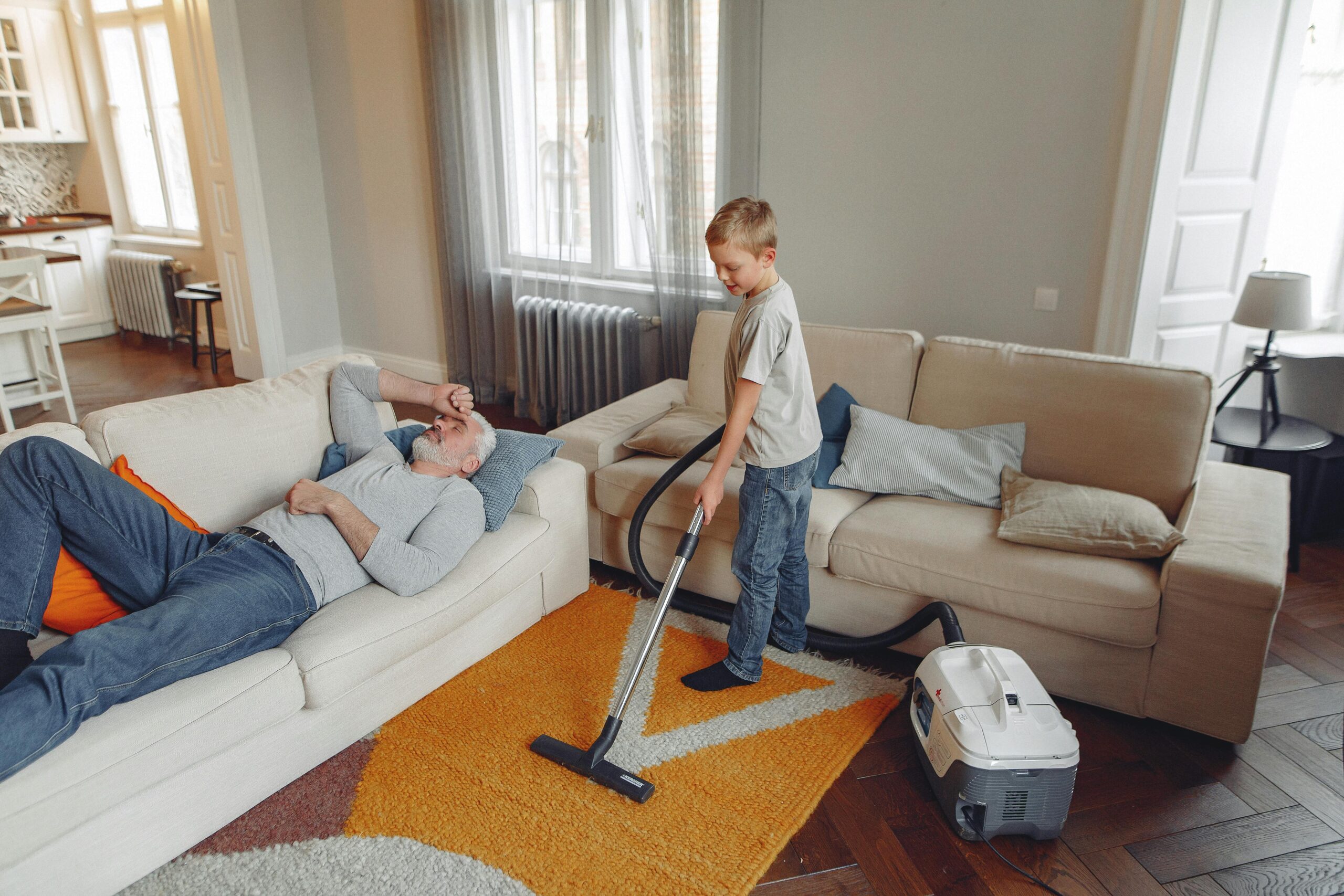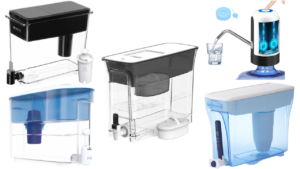Table of Contents
Introduction
Carpet cleaning is an essential aspect of home maintenance that is often overlooked. While carpets provide warmth, comfort, and aesthetic appeal, they also harbor dirt, dust, allergens, and bacteria, which can affect indoor air quality and health. Regular carpet cleaning not only preserves the appearance and longevity of your carpet but also contributes to a healthier living environment.
There are various methods of carpet cleaning, each suited to different types of carpets and levels of soiling. From DIY techniques like vacuuming and spot cleaning to professional services involving advanced machinery, understanding the best practices for carpet maintenance can save homeowners time, money, and effort. In this comprehensive guide, we will explore the different aspects of carpet cleaning, offering practical advice, debunking common myths, and highlighting the benefits of a clean carpet.
Types of Carpets and Their Cleaning Needs
Carpets come in a variety of materials, each with unique characteristics and cleaning requirements. Understanding the type of carpet you have is the first step in proper maintenance.
Different Carpet Materials
Nylon Carpets:
It is resistant to wear and tear, making it ideal for high-traffic areas. Nylon carpets are also relatively easy to clean and maintain.
Polyester Carpets:
Polyester carpets are known for their vibrant colors and softness. They are more stain-resistant than nylon but are less durable in high-traffic areas.
Wool Carpets:
Wool is a natural, eco-friendly carpet material that is highly durable and luxurious. However, it requires special care, as it is susceptible to staining and can be damaged by harsh chemicals.
Olefin (Polypropylene) Carpets:
Olefin is resistant to moisture, mildew, and staining, making it suitable for both indoor and outdoor use. However, it is less durable than nylon and can be prone to crushing under heavy furniture.
Common Issues and Stains
Carpets are prone to a variety of stains and issues, each requiring specific cleaning methods:
Dirt and Dust:
Accumulation of dirt and dust can make carpets look dingy and can contribute to respiratory problems.
Food and Beverage Stains:
Spills from food and beverages are common and can leave unsightly stains. Prompt spot cleaning with appropriate solutions can prevent these stains from setting.
Pet Stains and Odors:
Pets can cause stains and odors from accidents or shedding. Enzymatic cleaners are effective in breaking down pet urine and eliminating odors.
Mold and Mildew:
Proper ventilation and prompt drying of wet areas are crucial in preventing these issues.
DIY Carpet Cleaning Methods
DIY carpet cleaning can be effective for regular maintenance and minor stains. Here are some common methods:
Vacuuming
It helps remove surface dirt, dust, and allergens, preventing them from embedding deeper into the carpet fibers.
Vacuum Settings:
Adjust the vacuum settings based on the carpet type. Higher settings are suitable for thick, plush carpets, while lower settings work better for low-pile carpets.
Vacuum Technique:
Move the vacuum slowly and in multiple directions to ensure thorough cleaning. Pay extra attention to edges and corners where dirt tends to accumulate.
Spot Cleaning
Spot cleaning is crucial for addressing stains promptly. Here’s a step-by-step guide:
Blot the Stain:
Use a clean cloth or paper towel to blot the stain, starting from the outside and working inward to prevent spreading.
Apply Cleaning Solution:
Use a carpet stain remover or a homemade solution of water and mild detergent. Avoid using too much water, as it can soak into the carpet pad and cause mold.
Blot Again:
After applying the solution, blot the area again to lift the stain.
Rinse and Dry:
Use a fan or open windows to speed up drying.
Steam Cleaning
Steam cleaning, also known as hot water extraction, is a deeper cleaning method that uses hot water and detergent to remove dirt and stains. While professional steam cleaning services are available, you can also rent or buy a steam cleaner for DIY use. Here’s how to steam clean your carpet:
Clean the Carpet:
Run the steam cleaner over the carpet, moving slowly to allow the machine to extract dirt. Pay extra attention to heavily soiled areas.
Rinse and Dry:
Some machines have a rinse function. If not, run the machine with clean water to rinse out any remaining detergent.
Carpet Shampooing
It involves applying a foamy shampoo to the carpet and then vacuuming it up. Here’s how to shampoo your carpet:
Vacuum First:
As with steam cleaning, start by vacuuming the carpet.
Apply Shampoo:
Use a carpet shampoo machine or a brush to apply the shampoo to the carpet. Follow the manufacturer’s instructions for the correct amount.
Scrub the Carpet:
Work the shampoo into the carpet fibers using a brush or the machine’s scrubbing function.
Rinse and Dry:
Rinse the carpet with clean water to remove the shampoo residue. Use fans or open windows to ensure the carpet dries thoroughly.
Professional Carpet Cleaning Services
While DIY methods are effective for regular maintenance, professional carpet cleaning services offer a deeper clean that can extend the life of your carpet.
When to Call a Professional
Consider calling a professional carpet cleaner in the following situations:
Deep Stains:
Stubborn stains that don’t respond to DIY methods may require professional treatment.
Heavy Soiling:
Carpets in high-traffic areas or those that haven’t been cleaned for a long time benefit from professional cleaning.
Allergen Removal:
Professional cleaners use advanced equipment to remove allergens and improve indoor air quality.
Water Damage:
Carpets affected by water damage need professional cleaning and drying to prevent mold growth.
Types of Professional Services
Professional carpet cleaners offer various services, including:
Hot Water Extraction:
Also known as steam cleaning, this method uses hot water and detergent to deep clean carpets.
Dry Cleaning:
Dry cleaning methods use minimal water and specialized cleaning solutions, making them suitable for delicate carpets.
Bonnet Cleaning:
A rotating bonnet is used to scrub the carpet, suitable for surface cleaning and quick drying.
Cost Considerations
The cost of professional best carpet cleaning solution varies based on factors such as:
Carpet Size:
Larger areas cost more to clean.
Carpet Condition:
Heavily soiled carpets may require more intensive cleaning and thus higher costs.
Service Type:
Different cleaning methods have varying costs.
Location:
Prices can vary based on the location and the cost of living in the area.
Eco-Friendly Carpet Cleaning
Eco-friendly carpet cleaning methods are gaining popularity due to their health and environmental benefits.
Green Cleaning Products
They are safe for use around children and pets and reduce environmental impact. Look for products labeled as biodegradable, non-toxic, and environmentally friendly.
Benefits of Eco-Friendly Cleaning
Healthier Indoor Air:
Reduces exposure to harsh chemicals and allergens.
Environmental Protection:
Minimizes the release of pollutants into the environment.
Safety:
Non-toxic products are safer for household use.
DIY Eco-Friendly Solutions
You can create eco-friendly cleaning solutions using household ingredients:
Vinegar and Baking Soda:
A mixture of vinegar and baking soda is effective for removing stains and odors.
Lemon Juice:
Lemon juice has natural bleaching properties and can help remove stains.
Essential Oils:
Adding a few drops of essential oils to your cleaning solution can leave your carpet smelling fresh.
Preventive Measures for Carpet Maintenance
Preventive measures can help maintain the appearance and longevity of your carpet.
Regular Maintenance Tips
Vacuum Regularly:
Keep dirt and dust at bay with regular vacuuming.
Use Appropriate Cleaners:
Choose the right cleaner for the type of stain.
Using Carpet Protectors
Scotchgard:
Apply Scotchgard or a similar product to protect against stains.
Furniture Coasters:
Use coasters under furniture legs to prevent crushing and indentations.
Common Myths About Carpet Cleaning
Several myths about carpet cleaning can lead to improper maintenance practices. Here are some common misconceptions:
Myth: Frequent Cleaning Damages Carpets
Reality: Regular cleaning actually extends the life of your carpet by removing dirt and preventing wear.
Myth: All Carpet Cleaners Are the Same
Reality: Different cleaners and methods are suited to different types of carpets and stains.
Myth: DIY Cleaning Is Same as Professional Cleaning
Reality: While DIY methods are useful for regular maintenance, professional cleaning provides a deeper clean.
Health Benefits of Clean Carpets
Clean carpets contribute to a healthier indoor environment in several ways:
Impact on Indoor Air Quality
Dust and Allergens:
Carpets trap dust, allergens, and pollutants. Regular cleaning reduces these contaminants, improving air quality.
Mold and Mildew:
Preventing moisture buildup and promptly addressing spills helps prevent mold growth.
Reducing Allergens and Bacteria
Allergen Removal:
Professional cleaning removes allergens that can trigger asthma and allergies.
Bacteria Reduction:
Steam cleaning and other methods kill bacteria and germs, promoting a healthier home.
Overall Health Improvement
Respiratory Health:
Improved air quality benefits respiratory health.
Skin Health:
Clean carpets reduce skin irritations caused by dust and allergens.
Advanced Carpet Cleaning Techniques
For a more thorough clean, consider advanced carpet cleaning techniques:
Hot Water Extraction
Effective Stain Removal:
Removes tough stains and deeply embedded dirt.
Dry Carpet Cleaning
Minimal Water:
Uses specialized cleaning compounds that require little to no water.
Quick Drying:
Carpets dry faster, reducing the risk of mold and mildew.
Encapsulation
Crystallizing Dirt:
Cleaning solution encapsulates dirt particles, which are then vacuumed away.
Low Moisture:
Uses less water, making it suitable for commercial settings.
Conclusion
Carpet cleaning is crucial for maintaining the appearance and health of your home. Whether you choose DIY methods or professional services, regular cleaning and proper maintenance can extend the life of your carpet and improve indoor air quality. By understanding the different types of carpets and cleaning methods, you can make informed decisions that suit your needs and budget. Embrace eco-friendly cleaning solutions to protect your family and the environment, and remember that preventive measures are key to keeping your carpets looking their best. Clean carpets contribute to a comfortable, healthy, and inviting home, making it a worthwhile investment in your household’s well-being.



